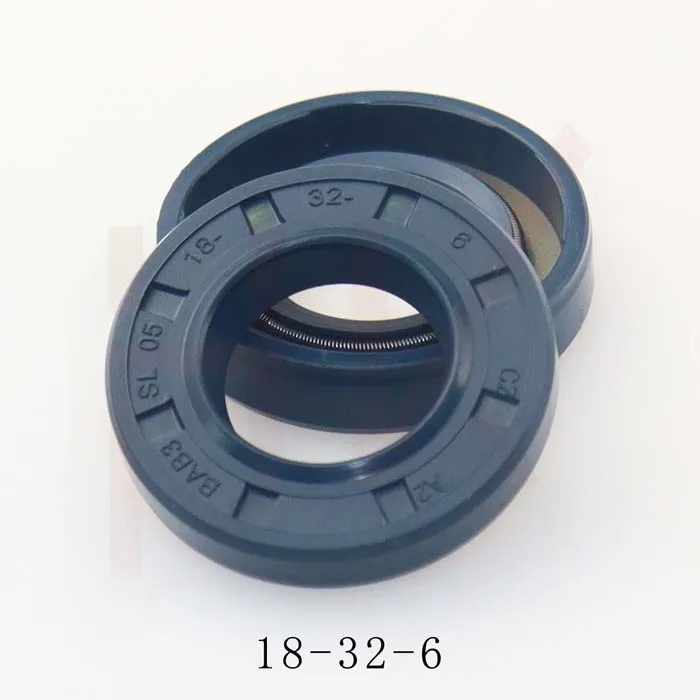12 月 . 03, 2024 18:53 Back to list
high pressure hydraulic shaft seals
Understanding High-Pressure Hydraulic Shaft Seals
High-pressure hydraulic systems are integral components in various industries, including manufacturing, automotive, aerospace, and agriculture. In such systems, hydraulic fluid is pressurized to transmit power and perform work efficiently. One critical element in maintaining the integrity and performance of these systems is the hydraulic shaft seal, often referred to simply as “shaft seals.” Designed to prevent leaks and retain hydraulic fluid under high pressure, these seals play a crucial role in ensuring the efficiency and longevity of hydraulic equipment.
Importance of Hydraulic Shaft Seals
Hydraulic shaft seals serve several essential functions in high-pressure applications. First and foremost, they prevent hydraulic fluid from leaking out of the system. Leaks not only lead to the loss of valuable hydraulic fluid but can also result in reduced system pressure, affecting overall efficiency and performance. In addition, fluid leaks can create safety hazards, cause environmental damage, and increase operational costs through the need for fluid replenishment and equipment maintenance.
Another vital role of hydraulic shaft seals is to prevent the ingress of contaminants. Dust, dirt, water, and particulate matter can significantly compromise the hydraulic fluid's quality. Contaminants can cause wear and tear on components, leading to premature failure and costly repairs. Thus, well-designed seals provide a barrier that keeps the hydraulic system clean and functioning smoothly.
Design and Materials of High-Pressure Seals
High-pressure hydraulic shaft seals are typically designed to withstand extreme pressure and temperature conditions. The selection of materials is crucial, as they must exhibit excellent resistance to hydraulic fluids, high temperatures, and other harsh operating conditions. Common materials used in the manufacturing of high-pressure seals include nitrile rubber (NBR), fluorocarbon (FKM), polyurethane (PU), and PTFE.
1. Nitrile Rubber (NBR) Known for its excellent resistance to petroleum-based fluids, NBR is commonly used in hydraulic applications. It performs well in a wide temperature range but may degrade when exposed to certain chemicals.
2. Fluorocarbon (FKM) This material provides superior chemical resistance and can handle higher temperatures than NBR. FKM seals are ideal for applications involving aggressive hydraulic fluids, making them popular in aerospace and automotive sectors.
3. Polyurethane (PU) Polyurethane seals offer great wear resistance and flexibility, making them suitable for high-pressure applications. They can withstand pressure surges better than many other materials.
high pressure hydraulic shaft seals

4. PTFE Polytetrafluoroethylene is known for its low friction properties and excellent chemical resistance. While it’s often used as a backup seal in conjunction with other materials, its unique properties make it beneficial in specialized applications.
Types of High-Pressure Hydraulic Seals
There are several types of hydraulic shaft seals tailored for high-pressure applications. The most common include
- Lip Seals These seals have a flexible lip that contacts the shaft, providing a tight seal against leakage. They are widely used in hydraulic cylinders and are effective in dynamic applications.
- U-Cup Seals Shaped like a ‘U’, these seals are designed for dynamic applications and provide excellent sealing performance under high pressure. They are commonly used in hydraulic pistons.
- Quad Rings Also known as X-rings, these seals provide a larger contact area than traditional O-rings, reducing friction and improving sealing performance. They are particularly effective in high-pressure environments.
Maintenance and Troubleshooting
To ensure optimal performance of hydraulic shaft seals, regular maintenance and inspection are essential. Checking for leaks, monitoring fluid levels, and observing the condition of seals can prevent premature failure. If seals are found to be compromised, replacement should be undertaken promptly to avoid extensive damage to the hydraulic system.
In conclusion, high-pressure hydraulic shaft seals are fundamental components that ensure the efficiency, safety, and reliability of hydraulic systems. With the right materials, design, and regular maintenance, these seals can significantly extend the life of hydraulic equipment, ultimately contributing to the operational success of industries relying on hydraulic technologies. They are an unsung hero in the world of hydraulics, doing their job quietly but effectively behind the scenes.
-
The Power of Advanced Sealing: High-Pressure Solutions for Modern Machinery
NewsOct.29,2024
-
Optimizing Machinery with High-Performance Oil Seals
NewsOct.29,2024
-
Maximizing Machinery Efficiency with Advanced Oil Seals
NewsOct.29,2024
-
Ensuring Equipment Longevity with Quality Oil Seals
NewsOct.29,2024
-
Enhance Equipment Performance with Quality Oil Seals
NewsOct.29,2024
-
Custom Oil Seals for Specialized Machinery Needs
NewsOct.29,2024
-
The Role of Wiper Seals in Dust Sealing and Oil Protection
NewsOct.20,2024
Products categories
















